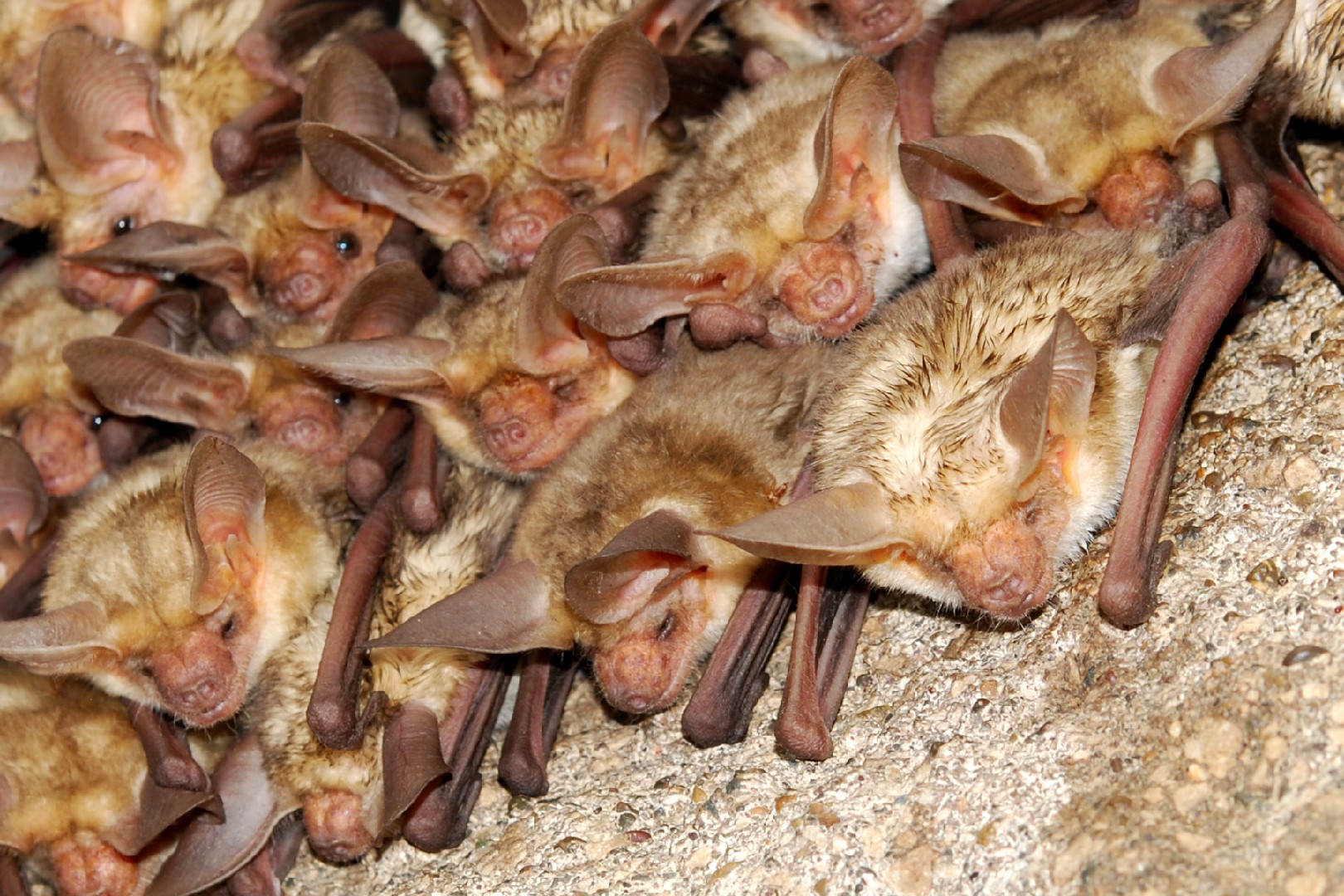Pallid bat
A species of Pallid bat Scientific name : Antrozous pallidus Genus : Pallid bat
Pallid bat, A species of Pallid bat
Scientific name: Antrozous pallidus
Genus: Pallid bat
Content
Description People often ask General Info
 Photo By Geoff Gallice , used under CC-BY-2.0 /Cropped and compressed from original
Photo By Geoff Gallice , used under CC-BY-2.0 /Cropped and compressed from original Description
Pallid bats are medium-sized bats but they have very large ears and huge eyes. They keep three separate roosts: a warm day roost in an attic or within shutters or crevices, a night roost in the open but near foliage, and their place of hibernation where they sleep in groups deep within canyon wall crevices, in abandoned buildings, and inside caves where temperatures are constant. Unlike most bats, the pallid bat does not consume food in flight but rather forages on the ground for large bugs, like scorpions and praying mantises, and then take the meal to their roost to eat.
People often ask
General Info
Lifespan
9-11 years
Diet
Pallid bat is categorically insectivorous, primarily consuming moths. Its refined diet frequently includes beetles, flies, and spiders. Night hunting enables it to capitalize on nocturnal insect activity.
Appearance
Pallid bat is a medium-sized, robust bat with pale yellow-brown to grey fur, elongated snout and large ears. It has long wings that extend beyond its tail, which is enclosed in a membrane. A distinctive feature is its strong clawed hind feet. Genders are similar in appearance, with no significant variations due to age or subspecies.
Behavior
Pallid bat is a nocturnal species that roosts in caves, mines, or other similar structures during the day. Its foraging patterns are unique as it can forage low or high above the ground, sweeping over fields or diving into canyons. Typically, these creatures are solitary but may form small groups. Distinctively, they exhibit a torpor behavior, enabling survival in cooler climates.
Population
Stable